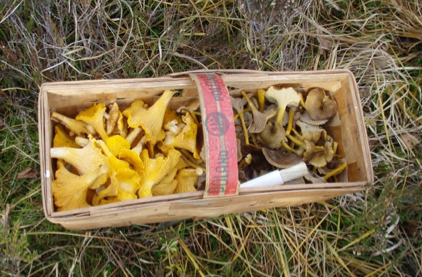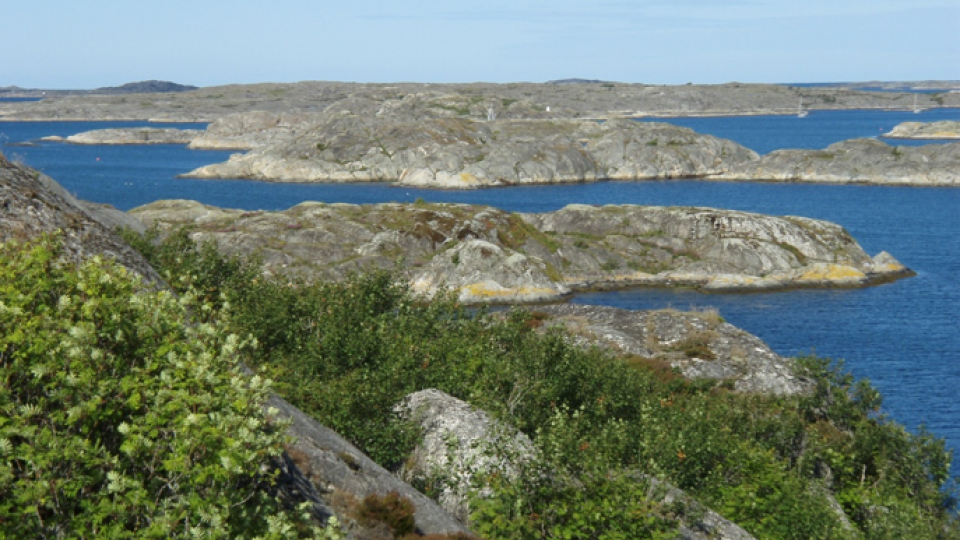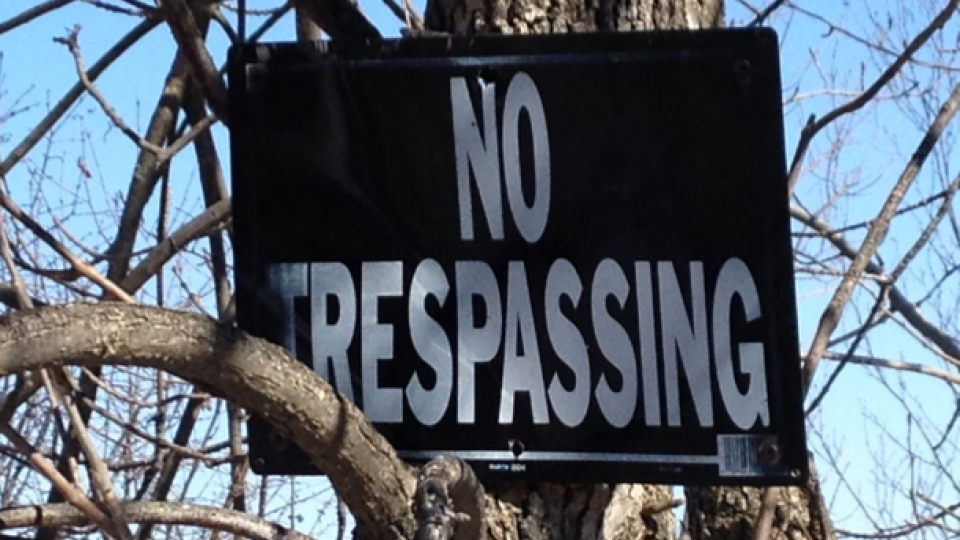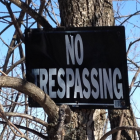In our increasingly urbanized world, outdoor recreation often motivates access to nature—using a broad definition of nature that includes living systems across a range of scales and degrees of human management (Bratman et al., 2012). Outdoor recreation access may provide people with an important opportunity to connect to nature. Connection to nature is a theoretical idea emphasizing the experience of, and direct encounter with, nature and the possible emotional and/or cognitive relationship between the individual and nature that develops from these experiences. And while access to nature can be considered from multiple perspectives (such as equity or mobility), the following short vignettes provide a glimpse of the Swedish legal right to relatively unrestricted access to nature, and allow us to consider the potential impact of connection.
We spent the afternoon exploring our way through the mossy, rocky spruce-birch forest, just outside of the city of Göteborg, filling baskets with mushrooms. At one point we approached a clearing where a man was chopping wood. We assumed, and later confirmed, that we were on his property. A young girl was playing nearby. As we made our way toward the two, I felt a gut reaction of alarm. This was not our property and perhaps we should not be doing what we were doing—we had not asked permission! My apprehension was broken by the man’s playful reaction. He called his daughter over to view our harvest and teased that they had been far more successful in their mushroom gathering the day before.
While on the first night of a trip to explore the West Coast, I was enthralled by the starkly beautiful expanse of rock and sea. Eventually, it was time to camp and I set out to pitch our tent. I wanted to be sure that our tent was out of view from any cottages, away from the water’s edge, avoiding damage to vegetation, while still able to provide some measure of comfort—no easy feat! The very minute the tent was set, a man emerged from off in the distance and started walking directly toward the tent. I braced myself for a lecture about respect for private property and a demand for us to leave. When the man reached the tent, he surveyed the site and noted with approval that we had the best site on the hillside. He continued on his way. Was it his land? … It didn’t matter.
These examples come from the perspective of a non-Swede living in Sweden. The experiences were possible thanks to the tradition and practice of allemansrätt, which translates to “the right of public access.” While guidelines for specific activities exist, they are best captured by the guiding ethic used by the Swedish Environmental Protection Agency (Naturvårdsverket): Don’t disturb, don’t destroy. The experiences highlighted in this account took place in Sweden; however, public access has similar traditions in other Nordic countries as well. Some scholars trace the origins of allemansrätt back to the medieval period, while others see it as a construction of the modern Swedish state. Despite debate over the origins of allemansrätt, Ahlström (2008) contends that a history of access to the land has likely shaped the Swedish perspective on contemporary land use, and it has subsequently been described as deeply important to Swedish identity. Relatedly, Sandell and Sörlin (2008) link access, connection, and outdoor recreation in their argument that access to nature is an inescapable element of the Nordic relationship with the natural world and a fundamental part of outdoor recreation. It is interesting to note that national surveys, like the Outdoor Recreation in Change project from 2008, consistently find overwhelming public support for this right. Despite this support, however, allemansrätt is not without its challenges and conflicts (Sandell & Fredman, 2010; Sténs & Sandström, 2014).
Beyond an interest in the history, value, and practice of allemansrätt, I found the actual lived experience profoundly meaningful. Perhaps allemansrätt felt even more significant for someone coming from the US, where the ideology of private property is highly charged and the boundary between public and private lands is often strictly delineated, likely signaled by the seemingly ubiquitous NO TRESPASSING signs. And while there is an interesting history of common access and contemporary opportunity for access to public lands (Ilgunas, 2018), access in America has a very different character.
My experience of allemansrätt has pushed me to question the ways we discuss and practice outdoor recreation access in the US. I do not suggest that allemansrätt can be exported. I do, however, wonder if it could be used to inspire a re-envisioning of access to nature across a range of American outdoor spaces? We need new ways of thinking and new discourses about nature experience that emphasize human belonging (Beery, 2014). There is a growing awareness that environmental initiatives based on relational values, i.e., values emphasizing the connection between people and nature, may be able to help us avoid viewing the inherent worth of nature and human nature needs/preferences as opposing alternatives. We need to recognize the importance of access to nature to facilitate experiences with nature, and potentially, connection to nature. This connection may have the potential to help us better understand the responsibility that comes from belonging.
How to cite
Beery, Thomas. “Connection to Nature: The Experience of the Right of Public Access.” Environment & Society Portal, Arcadia (Summer 2018), no. 18. Rachel Carson Center for Environment and Society. doi.org/10.5282/rcc/8451.
ISSN 2199-3408
Environment & Society Portal, Arcadia
 This work is licensed under a Creative Commons Attribution 4.0 International License.
This work is licensed under a Creative Commons Attribution 4.0 International License.
2018 Thomas Beery
This refers only to the text and does not include any image rights.
Please click on the images to view their individual rights status.
- Ahlström, Ingemar. Allt om allemansrätten: Ett svenskt kulturarv [Everything about Universal Access: A Swedish Cultural Legacy]. Solna: Hilmas Förlag, 2008.
- Beery, Thomas. “People in Nature: Relational discourse for outdoor educators.” Research in Outdoor Education 12 (2014): 1–14.
- Bratman, Gregory N., J. Paul Hamilton, and Gretchen C. Daily. “The Impacts of Nature Experience on Human Cognitive Function and Mental Health.” Annals of the New York Academy of Science 1249 (2012): 119–136.
- Ilgunas, Ken. This Land is Our Land: How We Lost the Right to Roam and How to Take it Back. New York: Penguin, 2018.
- Sandell, Klas, and Peter Fredman. “The Right of Public Access: Opportunity or Obstacle for Nature Tourism in Sweden?” Scandinavian Journal of Hospitality and Tourism 10, no. 3 (2010): 291–309.
- Sandell, Klas, and Sverker Sörlin, eds. Friluftshistoria: Från “härdande friluftslif” till ekoturism och miljöpedagogik [Nature-Based Outdoor Recreation History: From Strengthening Recreation to Ecotourism and Environmental Education]. Stockholm: Carlsson, 2008.
- Sténs, Anna, and Camilla Sandström. “Allemansrätten in Sweden: A Resistant Custom” Landscapes 15, no. 2 (2014): 106–118.











